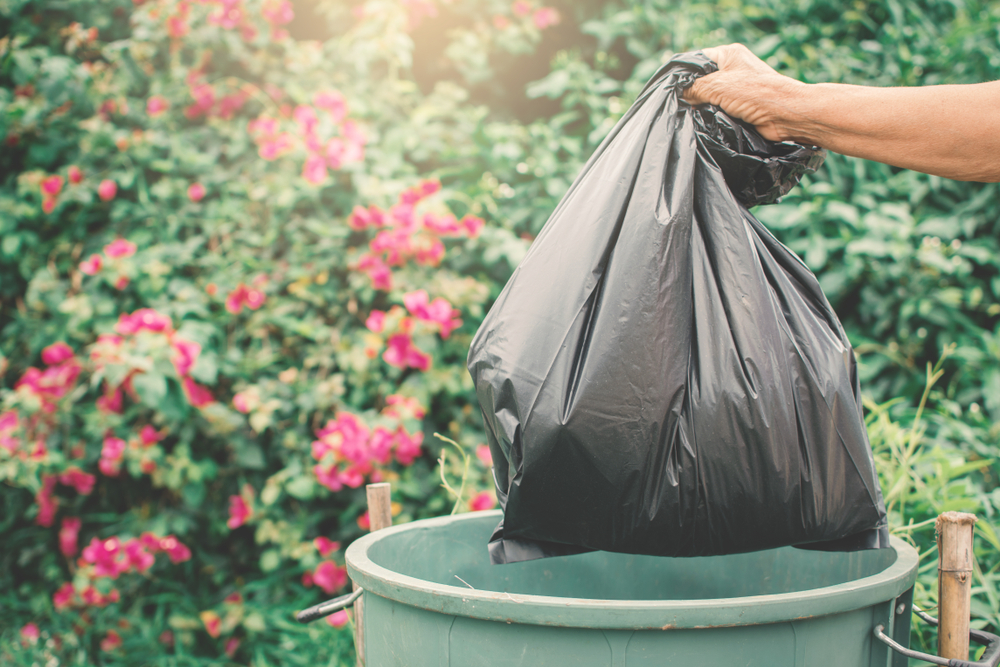Recycle Clean: How Food Waste Contaminates Recycling
By Christopher Thompson
Morris Friedman, CEO of Friedman Recycling, said it’s the question he is asked the most: “What is the most problematic recycling issue for a recycling processor?” There was a slight lean forward from the audience at the Regional Recycling Market Development workshop in Albuquerque as Friedman paused.
“Really, it’s food contamination,” he said. In his presentation, Friedman showed PowerPoint images of contaminated loads of recyclables that have come into his facilities in Arizona, New Mexico, and El Paso, Texas; one includes a picture of a dead sheep that someone threw into a recycling bin. On a daily basis recycling processors deal with pizza boxes half filled with pizza, partially empty cans that contain rotten food, and used paper plates smeared with the remnants of a cookout.
South Central Solid Waste Authority (SCSWA) Director Patrick Peck agrees wholeheartedly, “Contamination ruins entire loads of recyclables, making them unusable, or at the very least drops the value dramatically. Fats, oils and grease are the worst – soaking through what would have been valuable high quality office paper and corrugated cardboard.”
Friedman spoke to eighty-eight attendees at the New Mexico Recycling Coalition (NMRC) workshop, cohosted by the National Recycling Coalition (NRC). Attendees came from all levels in the recycling system – solid waste administrators, processors, government representatives and end users of recycled materials who aim to use materials in new, innovative ways.
End users – individuals or businesses repurposing what you recycle – must have the cleanest recycled material possible to rework it into its next lifecycle. Home and business recyclers can bump up the quality in their blue bins: Be mindful. You are recycling materials to be made into something new. Clean is critical!

